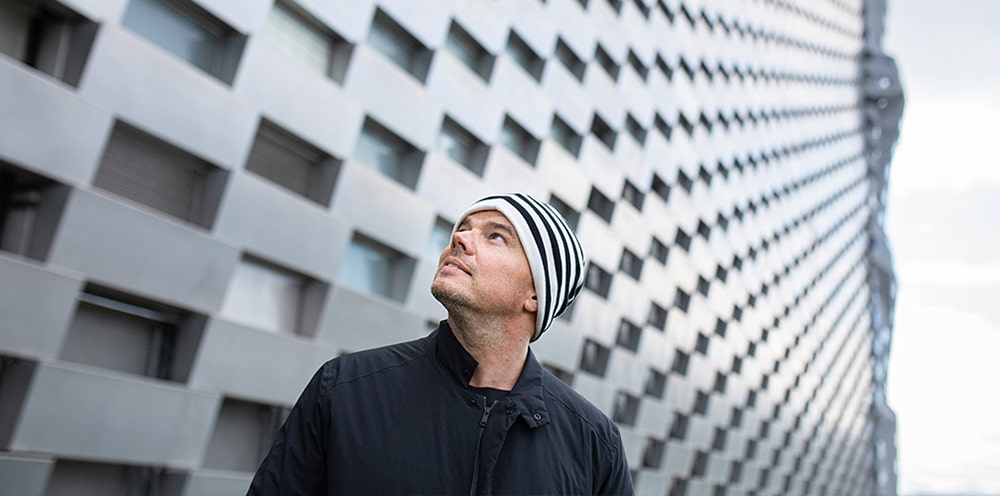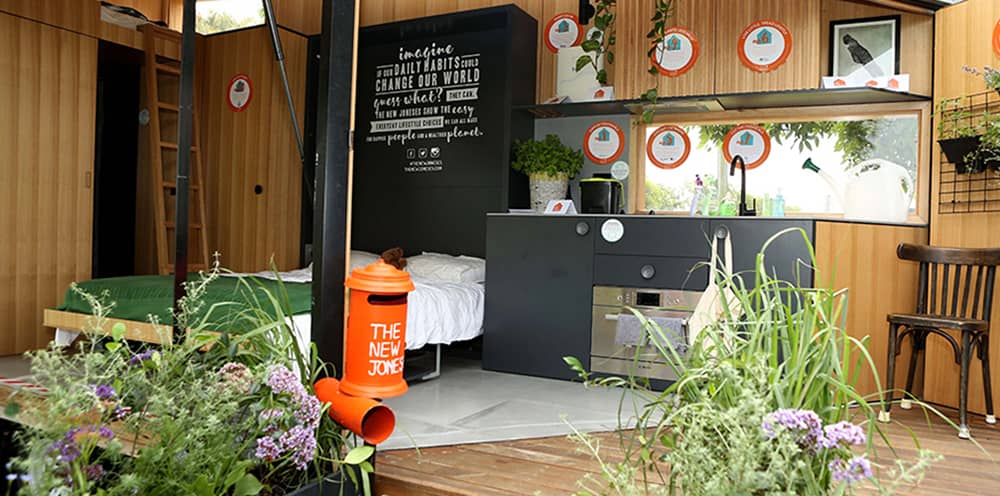Now with winter behind us, ski-bunnies everywhere will be dreaming of busting out the brain-bucket for their next session on the slopes.
Whether laying first-tracks, free-styling or free-riding, skiing is all about the fun.
So trust the uber-hip Danes to take their city’s least desirable place – the waste-to-energy plant, and transform it into the place everyone wants to visit – a ski slope.
Talk about skiing on a fresh dump! (sort of...)
Launched in late 2019, 'CopenHill' is primarily a waste-to-energy plant.
Waste-to-energy-plants
Waste-to-energy plants produce electricity from non-recyclable waste that’s otherwise headed for landfill.
While burning our rubbish to make our energy might seem pretty rad, the concept itself is not perfect.
We need to refuse unnecessary packaging wherever possible and limit the need for waste to energy plants entirely. But that’s a rave for another day. (Remember! REFUSE, REDUCE, REUSE, ROT, REGENERATE, RECYCLE. There’s another
R every time we look, and it’s awesome.)
Back to CopenHill.
If we must have a dirty ol’ waste-to-energy plant – which we do, until we stop with all the take-away and companies stop wrapping our stuff in unnecessary packaging – why not put a ski slope on the roof with a hiking
trail and the world's tallest climbing wall?
As the self-proclaimed cleanest global waste-to-energy plant in the world, CopenHill is in keeping with Copenhagen’s target to be the world’s first carbon-neutral city by 20251.
Hedonistic sustainability
Hedonistic Sustainability is a term coined by Bjarke Ingels of B.I.G, the architect firm behind CopenHill.

If we called Bjarke a rubbish architect, would he take it as a compliment?
Hedonistic Sustainability smashes the outdated assumption that ‘sustainability’ means a bit un-comfy, a bit un-hip, a bit crap.
CopenHill has taken a boring public infrastructure building, teamed it with inspiring, sustainable innovation for the good of people and the planet, and turned it into the hottest ticket in town.
From boring school tours to tourist drawcard
According to Bjarke, their brief included a visitor education centre in the bottom of the waste-to energy-plant for school tours2.
What. A. Snore. Zzzzzzz.
Can you imagine being sent to a waste-to-energy plant as a kid and feeling inspired?
Bjarke couldn’t.
So responding to the client brief, they put in the boring education bit, but added a lift to elevate the kids straight from the boring waste-education snore-fest up onto the ski fields.
Talk about making a school excursion to a waste-to-energy plant memorable!

Learn about converting waste into energy, then convert your energy into fun.
A ‘smoke ring’ blowing building?
Not just satisfied with creating the most popular spot in town, Bjarke and his team wanted to make sustainability even edgier.
Probably a clever ploy to win over the kids, they envisaged a cheeky nod to a rite-of-passage for naughty teenagers the world over, ‘the smoke ring’. (Whatever gets people’s attention has our vote)
Intended as a visual reminder of our endless consumption, waste and carbon footprint, the plant was to emit a ‘smoke ring’ each time 250 kilograms of carbon dioxide was released into the atmosphere3.
Each ‘smoke ring’ was to remind residents and visitors to the city that our waste and consumption ends up somewhere – usually at the expense of the air we breathe.
The ‘smoke ring’ was to be made of completely non-toxic steam. At 25 metres in diameter and three metres in height, each ring was to linger for approximately 45 seconds, depending on the weather.
Unfortunately this cheeky little concept ‘lost steam’ and failed to ‘fire up’ (unlike us, who fit two cheesy clichés in one sentence) because apparently there were no smoke ring-emitting manufacturers in
the Danish yellow pages.
Maximising utility with a ‘toofa’
We love a two-for-one (or a ‘toofa’). This is where we get maximum use from our stuff, be it buildings, things or resources.
In The New Joneses home a few years ago, we had a ‘toofa’ in the form of high tech led light bulbs that doubled as sounds speakers.

You might not be energy-plant-to-ski-slope level innovative, but The New Joneses can teach you a thing or two about a good two-for-one.
This meant we could blast a little (or a lottle) Lizzo or Kanye through the house using just our light-bulbs, eliminating the need for expensive, clunky, space-taking stereo systems and all the resources it takes to make them. In other
words: the perfect ‘toofa’.
In this instance, CopenHill takes two separate, unrelated needs and combines them into one place - combining a public utility with a public attraction; using the same resources and footprint for one building but getting multiple outcomes.
Injecting some CopenHill clever into our own lives
Using fewer resources can improve our lives, the health of our planet, AND our bank balances. So how can we all inject some ‘toofas’ and add a little hedonistic sustainability in our lives?
It could be as little as car-pooling with a neighbour when going to the shops.
This can halve our petrol bill, reduce traffic and car parking required, whilst building stronger relationships and community with the people in our ‘hoods (tip from the top: start with the ones who like cooking).
If you don’t know your neighbours, reach out with a letter-box drop or a message on the noticeboard if you’re in an apartment. (Is there a community Facebook page for your area, like the Good Karma networks?)
COVID showed us many people wanted to help and get to know their neighbours.
Maybe it’s a clothing swap with your mates?
Instead of a dress hanging in your wardrobe or an Xbox on your shelf not getting used, swap it with a mate for something you will use.
Among the huge challenges COVID has thrown at us, there have also been some valuable lessons.
It’s shown we live on a beautiful planet with finite resources; there isn’t a never-ending supply of stuff; that our local and international supply chains can falter.
It’s time to get clever, innovative and hell, even hedonistic, with how we use those resources!
CopenHill shows we can improve our world and have a fun fest while we’re at it.
Keen to lighten your footprint?
Learn more ways you can get resourceful and live lighter (from your energy use, to your food choices). Join us at thenewjoneses.com or sign up for October’s Buy Nothing New Month.
Both are free and show us how to live lighter for the health and wellbeing of our people and planet. And for years now Momentum Energy has powered The New Joneses to help spread the good word.
Whichever power company you pick, the energy you get is identical. But by choosing one that champions renewables, your power bills help support clean energy instead of fossil fuels. Momentum Energy is 100% owned by Hydro Tasmania, Australia's largest renewable energy generator.
That’s why The New Joneses choose Momentum Energy.
More on Netflix
If you’re like us, you love everything about CopenHill and want to know more, check out Bjarke and B.I.G. (Bjarke Ingels Group) on Netflix’s “Abstract: The Art Of Design”, and the award-winning documentary, “BIG
Time”.
Or Bjarke Ingel’s TED talk on Hedonistic Sustainability.
1 - Stratton, M (16 March 2020) ‘Carbon-free Copenhagen: how the Danish capital is setting a green standard for cities worldwide’, National Geographic, UK, accessed 11 September 2020
2 - Ingels, B (May 2011) ‘Hedonistic sustainability’, TED, accessed 11 September 2020
3 - Ingels, B (May 2011) ‘Hedonistic sustainability’, TED, accessed 11 September 2020
Looking to switch energy company?